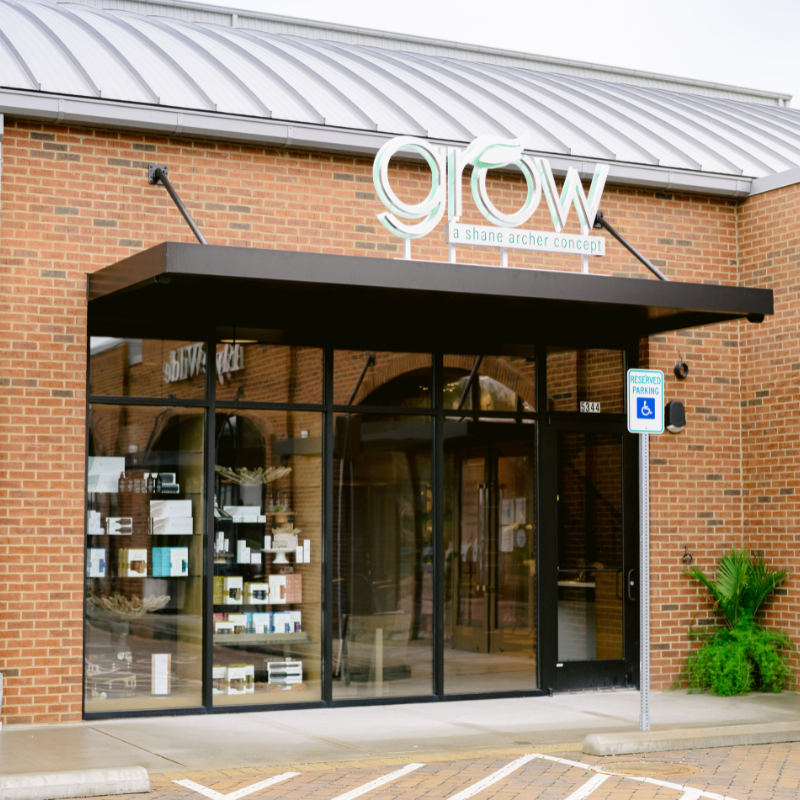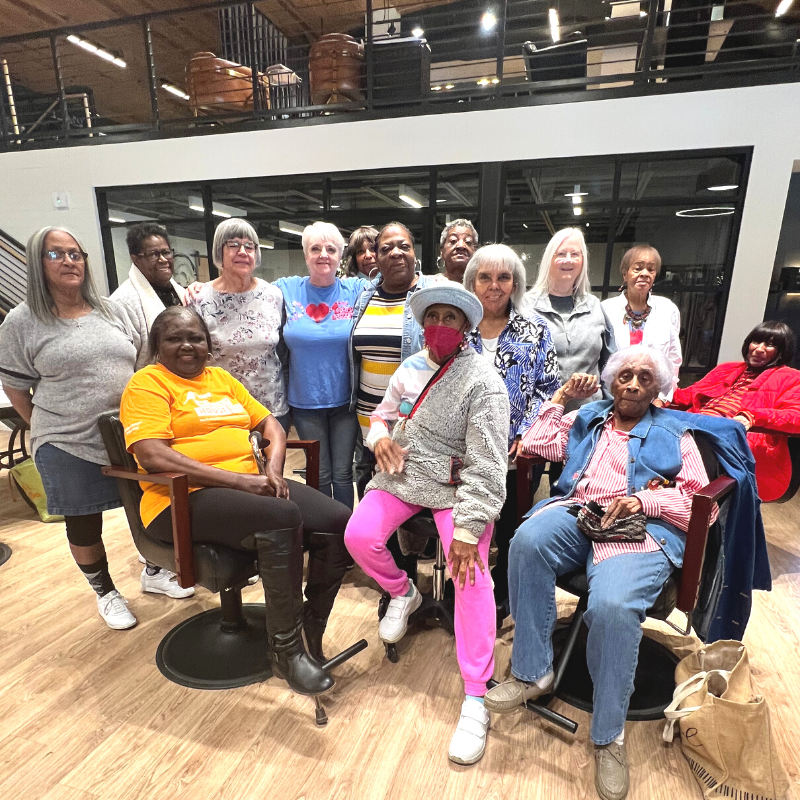
Terms To Know When Talking To Your Hair Colorist
Have you seen a hair color that you like, but have trouble describing to your hair stylist? Hair salons offer many hair coloring styles, techniques, and products that create very distinctive appearances. However, with trends that quickly appear and disappear, it can be difficult to keep up with all the terms used to describe them. Here are five terms that may help improve your communication with stylists:
Highlight Techniques
You are probably at least familiar with highlights. Highlights are sections of hair that are dyed a lighter color than the rest of your hair while lowlights are dyed a darker color. Since only 3% of the world’s population has naturally blonde hair, highlights are often used to brighten brown hair. Highlights and lowlights are used for many purposes, including creating contrast, depth, and texture.
There are two primary techniques for applying highlights and lowlights:
- Traditional foil highlighting is a technique in which the hair is sectioned, typically using a comb, and isolated from the rest of your hair using a piece of foil. The dye is applied to the sectioned hair and the foil ensures that only the sectioned hair is subjected to the dye. The foil is folded over the sectioned hair until the color processing is complete. This technique provides a high degree of control over the placement of the highlighted color but because entire sections are saturated with dye, the contrast between the dyed sections and the rest of the hair can appear severe.
- Balayage is a French word that means “sweep,” as in a sweeping motion. In balayage highlighting, the dye is applied to the outer exposed hair using a brush. In other words, entire sections are not saturated with dye as in the foil technique. Rather, the dye is just swept freehand along the hair. This creates a more blended and graduated contrast with the rest of your hair.
Ombre and Sombre
Ombre and sombre are both graduated coloration looks. Hair salons usually accomplish the ombre and sombre looks using the balayage technique discussed above. Both styles gradually blend a dark color at your roots into a light color at your tips. This gradual blend gives your colored hair a natural appearance as if your hair were sun-bleached.
The difference between ombre and sombre is subtle and somewhat in the eye of the beholder. In the ombre look, the contrast between the dark color at your roots and the light color at your tips is more dramatic than in the sombre look. Stated differently, the sombre look provides a more subtle difference between the root and end colors than the ombre look.
Hair Gloss
Hair gloss is a product that is intended to tint your hair, or enhance your colored hair, rather than dye it. Hair dye is alkaline, which causes the cuticle of your hair to open up so that dye can be deposited into your hair. The drawback of the alkaline formula is that it makes your hair frizzy and weak.
Hair gloss is acidic, which is the opposite of alkaline. The acidic formula causes the cuticle of your hair to close. This results in in stronger hair, brighter colors, and less frizziness. All of this provides a glossy, full appearance, hence the “hair gloss” name.
Splashlights
Splashlights are inspired by club lighting. The intended effect is a streak of color that simulates light shining down on your hair. Splashlights are applied by hair salons using the foil highlighting technique. Hair is sectioned, but the entire section is not colored. Rather, a horizontal streak is painted across the section. The result is a color streak that resembles an illuminated halo or ring around your hair.
Babylights
Babylights are a look that is intended to mimic the way that fine baby hair lightens when exposed to sun. The color is usually selected so that the dye is slightly lighter than the rest of your hair. Babylights are typically applied by hair salons using the balayage technique, focusing on the hairline, natural part, and tips. The end look has a subtle and gradual lightening effect.
There are many more hair color techniques, looks, and products than those discussed here. By gaining some knowledge and understanding a few of the terms used by hair salons to describe them, you can get the look you want.





